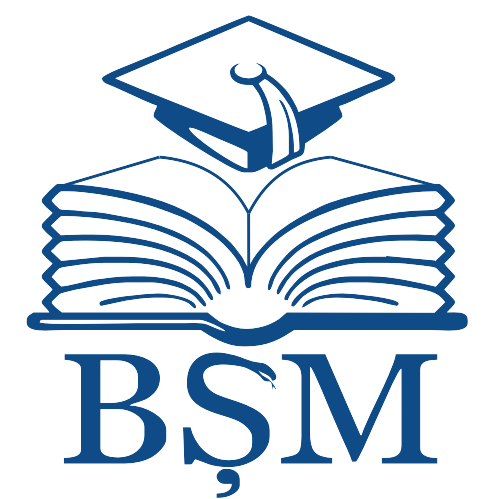|
|
- IRMS - Nicolae Testemitanu SUMPh
- 1. COLECȚIA INSTITUȚIONALĂ
- MATERIALE ALE CONFERINȚELOR ȘTIINȚIFICE
- The 19th Edition of the South-East European Ophthalmological Society Congress. October 18-19th, 2024, Chisinau, Republic of Moldova
- The 19th Edition of the South-East European Ophthalmological Society Congress Abstract book. October 18-19th, 2024, Chisinau, Republic of Moldova
Please use this identifier to cite or link to this item:
http://hdl.handle.net/20.500.12710/30366
| Title: | Selective laser trabeculoplasty for the treatment of glaucoma |
| Authors: | Bradaric, Edita Files |
| Issue Date: | 2024 |
| Publisher: | CEP Medicina |
| Citation: | BRADARIC, Edita Files. Selective laser trabeculoplasty for the treatment of glaucoma. In: The 19th SEEOS Congress: abstract book, Oct. 18-19th, 2024 / org. commit.: Eugeniu Bendelic [et al.]. Chişinău: CEP Medicina, 2024, p.37. ISBN 978-9975-82-393-7. |
| Abstract: | Introduction: Selective laser trabeculoplasty (SLT) has been widely used in the
clinical management of Glaucoma (OAG) and Ocular hypertension (OHT), both as
adjunctive and primary treatments.
Aim: The Aim of the study is to investigate the benefits of SLT in relation to reaching
the target intraocular pressure (IOP) and reducing topical medication.
Materials and Methods: SLT was performed on 43 patients, or 54 eyes, in both eyes
in 11 patients and in one eye in 32 patients. There were 23 patients with Primmary
open angle glaucoma (POAG), 11 patients with Pseudoexfoliation glaucoma (PXFG),
7 patients with Pigmentary glaucoma, and two with Ocular hypertension (OHT). All
patients, except for two, used topical medication before SLT treatment
(monotherapy, combination therapy, double or triple therapy). Intraocular pressure
(IOP) was measured before SLT, as well as 1 week, 1 month (5 weeks), 3 months and
6 months after SLT. The use of topical medication before and after SLT was also
recorded.
Results: The average decrease in IOP after SLT was 2.7 mmHg, with a standard
deviation of ± 2.05 mmHg. The decrease in IOP after SLT ranged from 1 mmHg to 10
mmHg. We found that 80.48% or 44 eyes had a lower IOP after SLT, while the same
IOP had 9.26% or 5 eyes and elevated IOP had 9.26% or 5 eyes. Elevated IOP was in
the range of 1-3 mmHg, the one patient had an elevated IOP of 3 mmHg in both
eyes, but with the exclusion of dual topical medication. IOP values at control
measurements 1, 3, and 6 months after SLT were almost the same, and IOP values
one week after SLT were elevated in 16.66% or 9 eyes and in the range of 3–8 mmHg.
According to the use of topical medication, in 53.70% or 29 eyes, the therapy
remained the same before and after SLT, in 35.18% or 19 eyes (14 patients), the
therapy was reduced by one or two topical drugs, and in 5.55% or 3 eyes (2 patients),
topical drugs were completely excluded. In 3.70% or 2 eyes, it was necessary to add
one topical drug or combination drug, and one patient was left without a topical
drug before and after SLT.
Conclusion: SLT is effective and safe procedure, and has its place in the treatment
of patients with OAG and OHT in order to reach the target IOP with the least possible
use of topical medication, or as a substitute for topical medication, or as an initial
treatment in some cases. Wider use of SLT, especially in newly diagnosed and
selected cases, will contribute to even better results in treatment. |
| metadata.dc.relation.ispartof: | The 19th Edition of the South-East European Ophthalmological Society Congress. October 18-19th, 2024, Chisinau, Republic of Moldova |
| URI: | https://repository.usmf.md/handle/20.500.12710/30366 |
| ISBN: | 978-9975-82-393-7 |
| Appears in Collections: | The 19th Edition of the South-East European Ophthalmological Society Congress Abstract book. October 18-19th, 2024, Chisinau, Republic of Moldova
|
Items in DSpace are protected by copyright, with all rights reserved, unless otherwise indicated.
|


